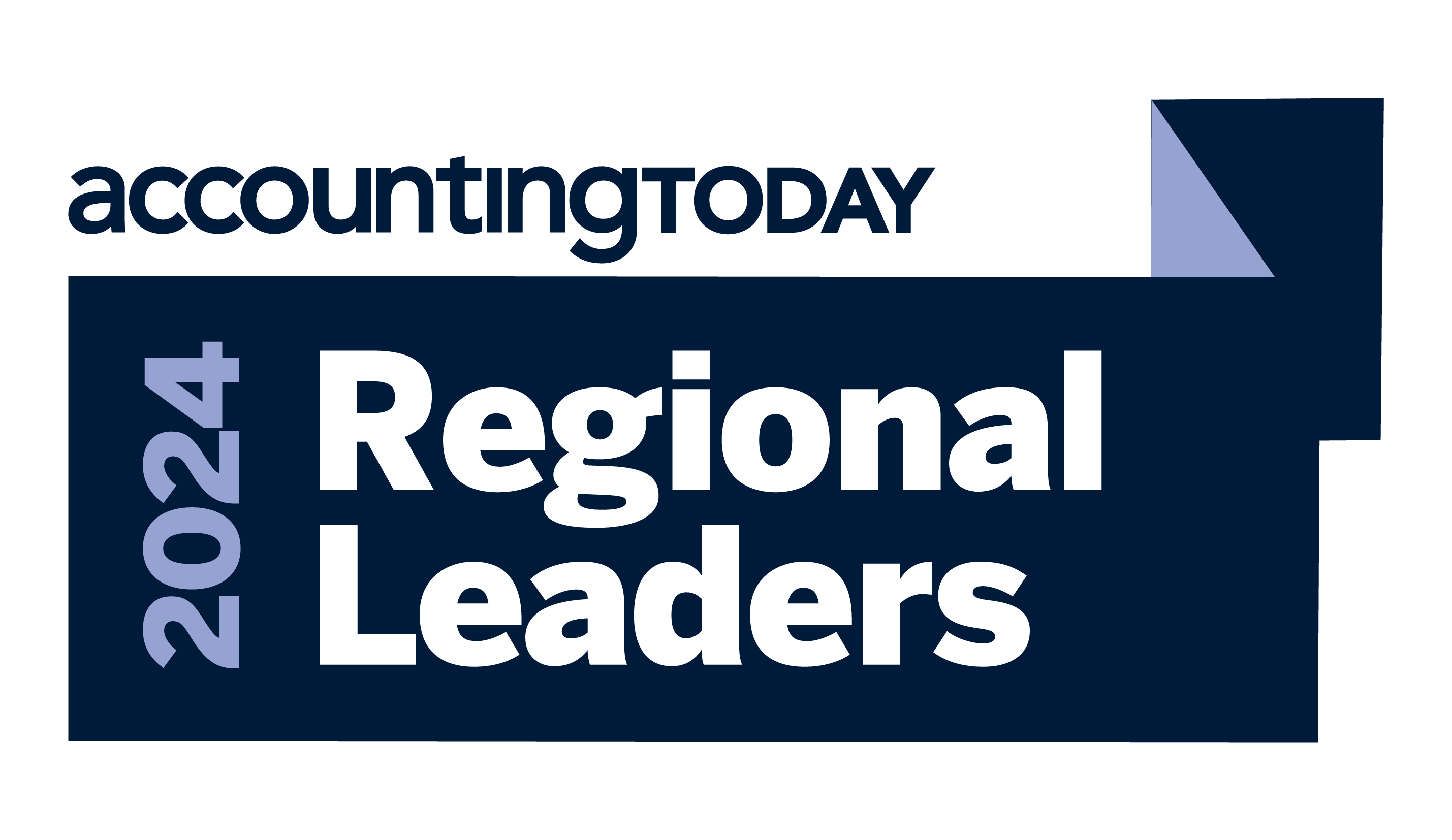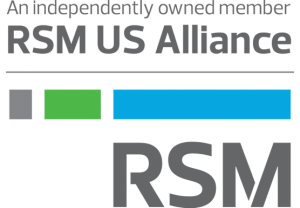Insights
We are proud to be named a West Coast Regional Leader for 2024


Employee retention tax credit significantly expanded for 2021
ARTICLE | January 12, 2021
Authored by RSM US LLP
The Consolidated Appropriations Act (CAA) passed in December 2020 provides a number of COVID-19 related benefit provisions, including extensions and modifications of many provisions of the CARES Act. The major changes to the Employee Retention Credit also known as the employee retention tax credit (ERTC) rules are made within the part of the CAA known as the Taxpayer Certainty and Disaster Tax Relief Act of 2020, Sections 206 and 207. Many of these changes are only effective starting January 1, 2021, but a few are effective retroactively to the original CARES Act date.
Section 206 includes the following changes that are effective retroactively to the CARES Act ERTC effective date (March 13, 2020):
1. Companies that obtained Paycheck Protection Program (PPP) loans are now able to apply for the ERTC, so long as the wages that were used to support the payroll portion of the PPP loan forgiveness are not used to support the ERTC qualified wages or qualified health expenses (i.e. no “double dipping”).
The definition of ERTC qualified wages and qualified health expenses is noticeably different than the definition used in the PPP law and regulations. Under PPP changes made as part of the CAA, an employer can support the PPP loan using any period of time within the PPP period (which is April 1 – December 31, 2020), not just the 8 weeks or 24 weeks provided under prior guidance. Thus, most employers likely have enough wages to support both the PPP loan forgiveness and the ERTC. Careful accounting may be needed to show that a company is not double dipping and using the same wages for both. Some care will be needed for that accounting because the definition of qualified wages is significantly different than the definition of payroll expenses for the PPP application.
The CAA language suggests that wages are first applied to the ERTC but it is not yet clear how, as taxpayers can elect out of the ERTC. We expect guidance from the IRS on the interaction between the PPP payroll amounts and the ERTC qualified wage and health expense amounts.
Under another related change, if an employer that took a PPP loan determines it is eligible for 2020 ERTC credits, it may be possible to add the ERTC amounts, even if related to earlier quarters, to the 2020 4th quarter Form 941. However, most payroll companies “close” their quarterly reporting around the middle of the following month so there is very little time remaining to incorporate these law changes on the 4th quarter reporting. More likely (unless the IRS issues guidance very soon and a business has all of the information for the credit already calculated), a company will apply for the ERTC for 2020 quarters by using the Form 941-X for the appropriate quarter(s). A company still has a significant amount of time to perform ERTC determinations and calculations and then apply for a Form 941-X refund. However, IRS refunds are currently being issued quite a while after the Form 941-X is submitted, so employers may be interested in getting their applications in sooner rather than later.
For 2020, an employer with more than 100 employees must first qualify for the ERTC by showing that EITHER:
a. the jobs of some of the employees of the employer were affected by various governmental orders and the employer paid the employee for time when the employee was not working (because of the effects of the government orders), OR
b. the company had a more than 50% decline in gross receipts for a quarter, when compared to the same quarter in the prior year.
Once the company satisfies one of the two tests above, the company then determines the amount or percentage of compensation that was paid when the employee was not working.
For many businesses, the first rule has been the most useful. Most of the effects of the governmental orders were in the second quarter of 2020, though many companies still had some effects even as the most restrictive orders were being phased out. However, because of the more recent surge in virus cases, some companies have had additional effects in the fourth quarter as governments reactivated some of the more restrictive orders.
2. The CAA also clarified a few ERTC definitions, generally supporting positions that the IRS took in the IRS Employee Retention Credit FAQs.
a. The changes support the IRS position that if an employee was furloughed but the employer continued to pay pre-tax health benefits, the pre-tax health benefit amounts can be counted as qualified health expenses for the ERC calculation.
b. CAA language supports the IRS using the section 6033 definition of gross receipts for tax exempt organizations, which generally includes total sales (net of returns and allowances), amounts received for services and income from investments.
ERTC FAQS: WHO QUALIFIES UNDER EMPLOYEE RETENTION CREDIT CHANGES?
The Employee Retention Credit provides liquidity benefits for many businesses and was significantly expanded for 2020 and 2021. Here's how it may apply to you.
Section 207 includes the following changes that are effective Jan. 1, 2021:
1. The ERTC originally only applied to qualified wages and qualified health expenses incurred in 2020. The CAA change extends the ERTC for two more calendar quarters, through June 30, 2021.
2. The CAA also adds several significant changes to the calculation of the credit for 2021:
a. The maximum credit was capped at $5,000 per employee for the entire 2020 period. The CAA increases the maximum credit to $7,000 per employee for each of the two quarters in 2021. This is done by providing a $10,000 maximum in each employee’s aggregate qualified wages and qualified health expenses for each quarter and by increasing the credit to 70 percent of the employee’s qualified wage and health expense amounts for that quarter.
b. For 2020, the CARES Act required a 30-day “look back” period (before the beginning of the hardship period) for determining wages that could be counted in calculating the ERTC. Thus, bonuses and raises paid after the 30-day look-back period could not be counted. The CAA eliminates the 30-day look-back, allowing any raises and bonuses to be counted (once paid) for the ERTC wage calculation.
c. For 2020, a “small” employer (with no more than 100 employees, based on a 2019 average full time equivalent calculation) was allowed to use all qualified wages paid to employees, rather than determining the compensation paid to employees for time that they were not working (because of governmental orders or because of the 50 percent reduction in gross receipts). The CAA changes the definition of “small” employer to a company with no more than 500 employees. This allows many more companies to count all wages paid during their qualified period which is much easier to calculate and leads to larger credits.
3. Under the CARES Act, a company needed a more than 50 percent decline in gross receipts, compared to the same quarter in 2019, in order to use the gross receipts test to be eligible for the credit. The CAA changes the test so a company that has had a more than 20 pecent decline in gross receipts in 2021, compared to the same quarter in 2019, satisfies the gross receipts test.
In addition, the new rule allows a company to elect to use the gross receipts from the immediately preceding quarter, and compare these prior quarter gross receipts to the same quarter in 2019, rather than the current quarter.
Example: Company B wants to determine whether they can use the gross receipts test to satisfy the ERTC eligibility with regard to qualified wages paid to employees in 2021. Company B can choose to compare the first quarter 2021 gross receipts (once known) to the gross receipts from 1st quarter 2019 or Company B can, instead, use the gross receipts from the fourth quarter of 2020 and compare those gross receipts to the gross receipts to the fourth quarter of 2019. If either test shows a more than 20 percent decline, Company B is eligible for the ERTC in the first quarter of 2021.
Overall, the Consolidated Appropriations Act changes to the Employee Retention Credit program are significant and generally support more companies obtaining these payroll credits. However, there are a number of unanswered questions with regard to these new rules, especially in the gross receipts area. It is expected that the IRS will issue guidance fairly soon on some of these issues.
Let's Talk!
Call us at +1 213.873.1700, email us at solutions@vasquezcpa.com or fill out the form below and we'll contact you to discuss your specific situation.
This article was written by Anne Bushman and originally appeared on Jan 12, 2021.
2022 RSM US LLP. All rights reserved.
https://rsmus.com/insights/services/business-tax/employee-retention-tax-credit-significantly-expanded-for-2021.html
The information contained herein is general in nature and based on authorities that are subject to change. RSM US LLP guarantees neither the accuracy nor completeness of any information and is not responsible for any errors or omissions, or for results obtained by others as a result of reliance upon such information. RSM US LLP assumes no obligation to inform the reader of any changes in tax laws or other factors that could affect information contained herein. This publication does not, and is not intended to, provide legal, tax or accounting advice, and readers should consult their tax advisors concerning the application of tax laws to their particular situations. This analysis is not tax advice and is not intended or written to be used, and cannot be used, for purposes of avoiding tax penalties that may be imposed on any taxpayer.
RSM US Alliance provides its members with access to resources of RSM US LLP. RSM US Alliance member firms are separate and independent businesses and legal entities that are responsible for their own acts and omissions, and each is separate and independent from RSM US LLP. RSM US LLP is the U.S. member firm of RSM International, a global network of independent audit, tax, and consulting firms. Members of RSM US Alliance have access to RSM International resources through RSM US LLP but are not member firms of RSM International. Visit rsmus.com/about us for more information regarding RSM US LLP and RSM International. The RSM logo is used under license by RSM US LLP. RSM US Alliance products and services are proprietary to RSM US LLP.

Vasquez & Company LLP is a proud member of the RSM US Alliance, a premier affiliation of independent accounting and consulting firms in the United States. RSM US Alliance provides our firm with access to resources of RSM US LLP, the leading provider of audit, tax and consulting services focused on the middle market. RSM US LLP is a licensed CPA firm and the U.S. member of RSM International, a global network of independent audit, tax and consulting firms with more than 43,000 people in over 120 countries.
Our membership in RSM US Alliance has elevated our capabilities in the marketplace, helping to differentiate our firm from the competition while allowing us to maintain our independence and entrepreneurial culture. We have access to a valuable peer network of like-sized firms as well as a broad range of tools, expertise and technical resources.
For more information on how Vasquez & Company LLP can assist you, please call +1 213.873.1700.
Subscribe to receive important updates from our Insights and Resources.